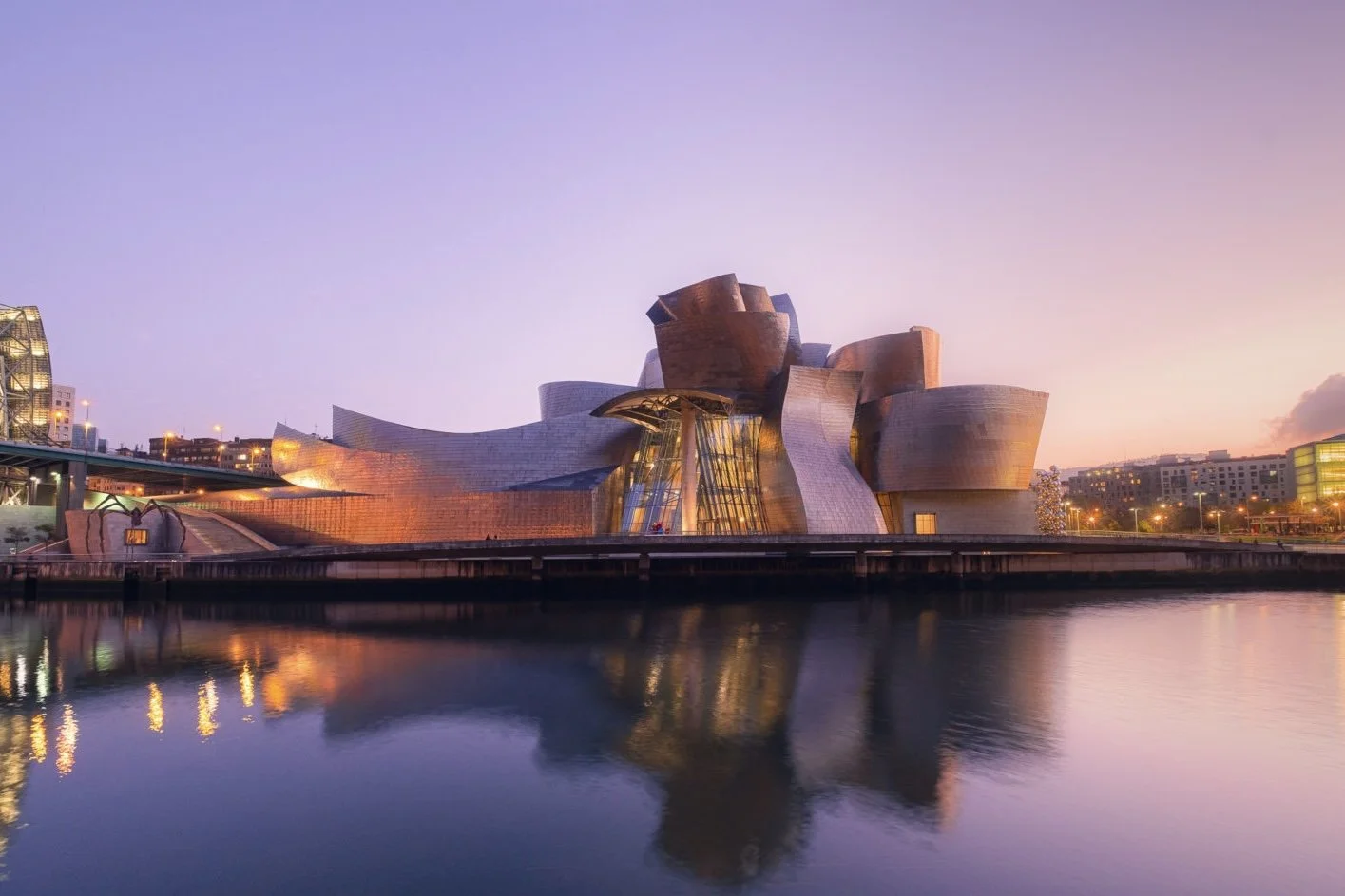Clicking Through Bilbao: A Street Photographer’s Pintxos-Fueled Adventure
By Masaru Kiribane | Street Lens Diaries
Bilbao is not just a city. It’s a visual playground for photographers, a culinary battleground for food lovers, and a masterclass to properly navigate a pintxos bar without offending a bartender.
I arrived in this Basque wonderland with my camera in one hand and an empty stomach in the other, ready to capture the city’s vibrant streets and legendary cuisine. What followed was a week of artistic revelations, food-related epiphanies, and an unsettling amount of judgment from local pigeons.
If you’re a street photographer planning to visit Bilbao, here’s my guide full of lessons, laughs, and a few survival tips for getting the best shots without getting too distracted by the food.
The Guggenheim Moves. Or Maybe It Just Feels That Way.
The Guggenheim Museum isn’t just a building. It’s an optical illusion, a sculpture, and a sentient being who can play with light. Designed by Frank Gehry, its fluid titanium facade reflects the sky in ways that make you question your perception of reality.
One moment, it’s glowing gold; the next, it’s a soft silver-blue mirage. Every angle offers a new perspective, and if you’re a photographer, good luck leaving before sunset.
Photography Tip: Shoot the Guggenheim at different times of day to capture how it transforms with the light. Use the La Salve Bridge as a contrasting geometric element in your composition. If you feel like the building is mocking you, take a break. It’s normal.
The Giant Spider Is Watching. Be Cool About It.
Just outside the Guggenheim stands Maman, a 30-foot-tall spider sculpture by Louise Bourgeois. I don’t usually associate giant spiders with serenity, but somehow, Maman pulls it off.
At first, I was focused on capturing its delicate details—its intricate legs, the way it contrasts against the Bilbao skyline—but then a pigeon decided my camera needed a little artistic enhancement—a well-placed plop right on my lens.
Photography Tip: Try shooting Maman from below for a dramatic silhouette against the sky. Also, check the skies for airborne critics before setting up your shot. Lesson learned.
Casco Viejo Where the Streets Are Alive (and Sometimes Confusing)
Bilbao’s Casco Viejo (Old Town) is the beating heart of the city, a maze of colorful facades, cobbled streets, and locals who know where they’re going, unlike me, who spent 20 minutes walking down what I thought was a charming alleyway, only to realize it was someone’s private courtyard.
Everywhere I turned, there was something to capture:
A street musician playing for an audience of cafe-goers.
Friends sharing a bottle of txakoli, their laughter spilling into the streets.
Sunlight filtered through laundry lines, casting golden patterns on the walls.
Photography Tip: Use the narrow streets to frame your shots naturally. Play with depth; capturing people walking through doorways or under archways can add a sense of movement. And if you get lost? Congratulations, you’re now a true Casco Viejo explorer.
Pintxos Photography is Dangerous. Proceed with Caution.
Ah, pintxos Bilbao’s answer to the age-old question, What if appetizers were the main event?
Walking into my first pintxos bar, I thought, I’ll snap a quick photo before ordering.’
Incorrect.
Before I could adjust my focus, the bartender appeared out of nowhere. He looked at me. Then, at my camera. Then back at me.
Aqua, primero se pide. (Here, you order first.)
I had unknowingly broken the sacred pintxos protocol. What is the correct order of events?
1. Order your pintxos.
2. Eat them.
3. Then, and only then, take a discreet photo (without blocking someone else’s path to the bar).
Photography Tip: Capture pintxos in natural light by sitting near a window or outside. Get close-ups of textures, such as the golden crispiness of bacalao croquettes, the glossy sheen of Gildas, or the delicate folds of Iberian ham. And remember: Respect the pintxos order of operations.
The Ria de Bilbao is Your Golden Hour Playground
After navigating pintxos etiquette and architectural enigmas for a week, I ended my trip by the Ria de Bilbao, the river that snakes through the city. As the sun dipped below the skyline, the water turned into a mirror, reflecting the glowing cityscape like an impressionist painting.
My final shot of the trip?
The Guggenheim, finally at peace in the soft evening light.
The river is calm and golden.
I am a changed photographer, one who now knows exactly how many pintxos are too many (it’s a trick question: there is no such number).
Photography Tip: Sunset is your best friend. Head to the river for stunning reflections and experiment with prolonged exposure to capture the movement of boats and pedestrians.
Final Thoughts: A City That Captures You Back
Bilbao is not just a place you photograph. It’s a city that photographs you right back. It challenges your sense of composition, tempts you with the best food of your life, and, if you’re lucky, humbles you just enough to remind you to put the camera down and enjoy the moment.
So, if you’re heading to Bilbao with your camera, here’s my final piece of advice:
Chase the light, embrace the unexpected, and always watch for pigeons.
Did you like this post? Drop a comment with your favorite photography destination, and don’t forget to subscribe for more misadventures from behind the lens!
For more travel stories and photography tips, check out my podcast episode on this adventure: Clicking Through Bilbao: A Street Photographer’s Pintxos-Fueled Journey. It's available wherever you get your podcasts!
Happy shooting!































